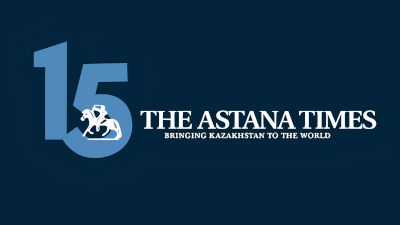ASTANA—As the year ends, The Astana Times reflects on key events in Kazakhstan’s cultural scene. From cinematic triumphs to groundbreaking exhibitions, the nation has showcased its dedication to preserving heritage and fostering creativity.
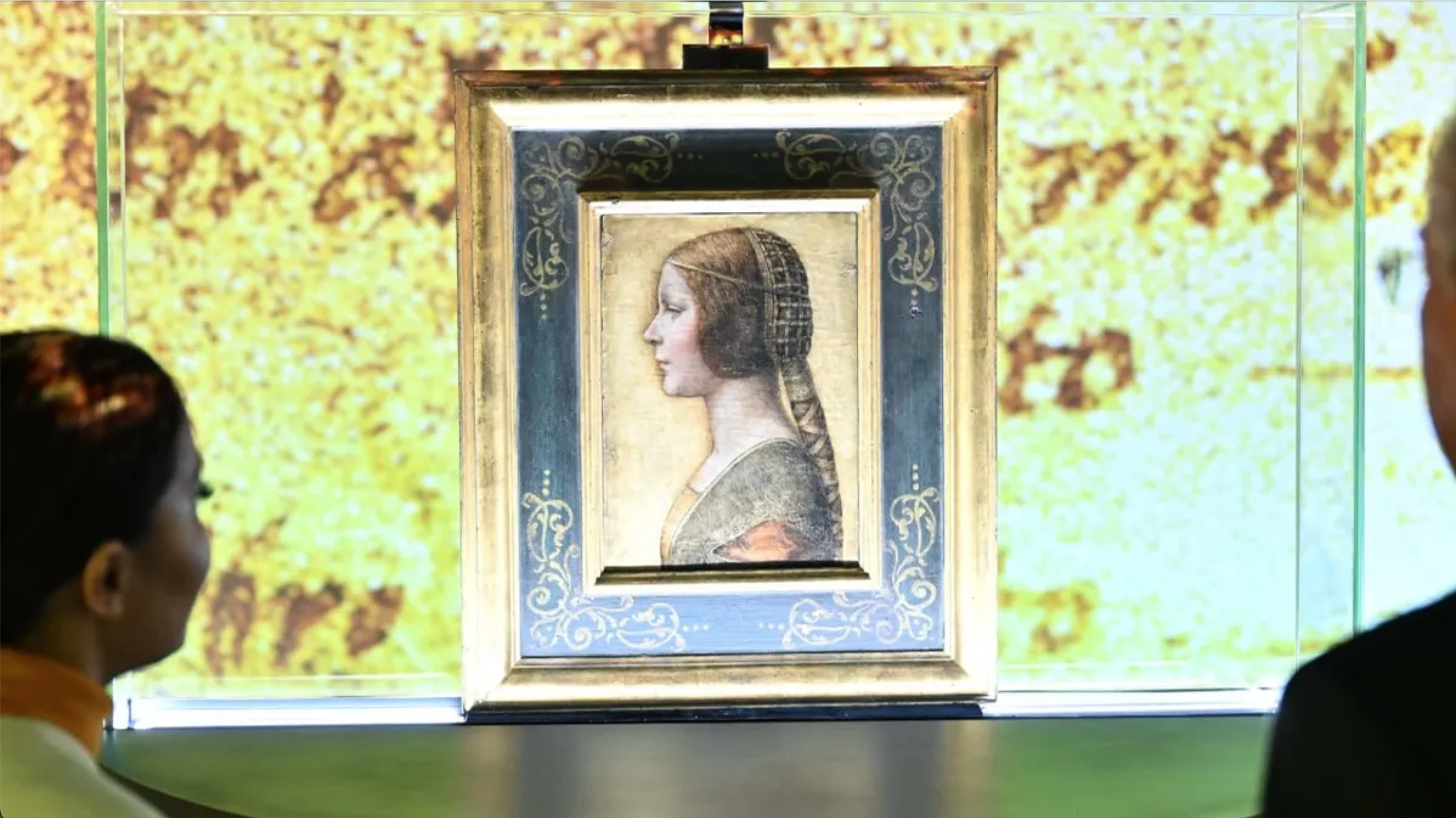
Leonardo da Vinci’s La Bella Principessa captivated visitors at the National Museum of Kazakhstan. Photo credit: Akorda.
While this article provides a small glimpse, the depth and diversity of cultural endeavors this year continue to inspire and unite communities. Among the most prominent events that bridged tradition and innovation was the World Nomad Games, which brought global attention to the nation’s nomadic legacy.
The fifth World Nomad Games: a cultural showcase
The event commenced with a dazzling opening ceremony at Astana Arena, celebrating the heritage and spirit of nomadic peoples. Over 89 nations participated, with athletes and cultural ambassadors donning traditional attire and waving national flags.
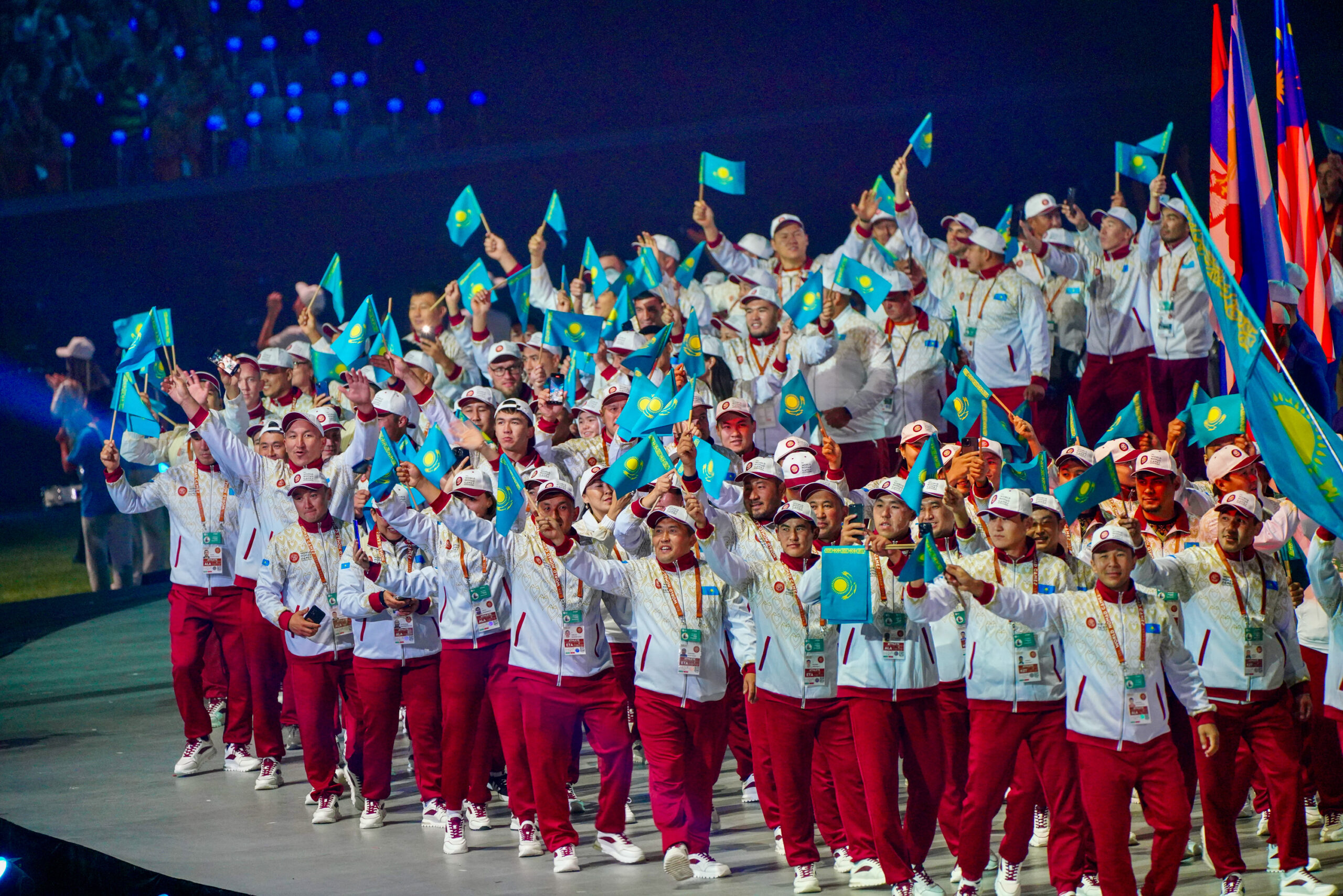
Parade of nations. National team of Kazakhstan. Photo credit: World Nomad Games’ press service.
Kazakhstan fielded the largest delegation, with 195 athletes, followed by the Kyrgyz Republic and Russia. Competitions spanned 21 sports, with Kazakh wrestling drawing 266 competitors.
Beyond the athletic contests, the games emphasized cultural heritage. Over 100 events at the ethno village included concerts, craft fairs, and exhibitions, offering visitors a deep dive into nomadic traditions. An international scientific conference brought together 75 participants from 12 countries to discuss topics related to nomadic life, from culture to nutrition.
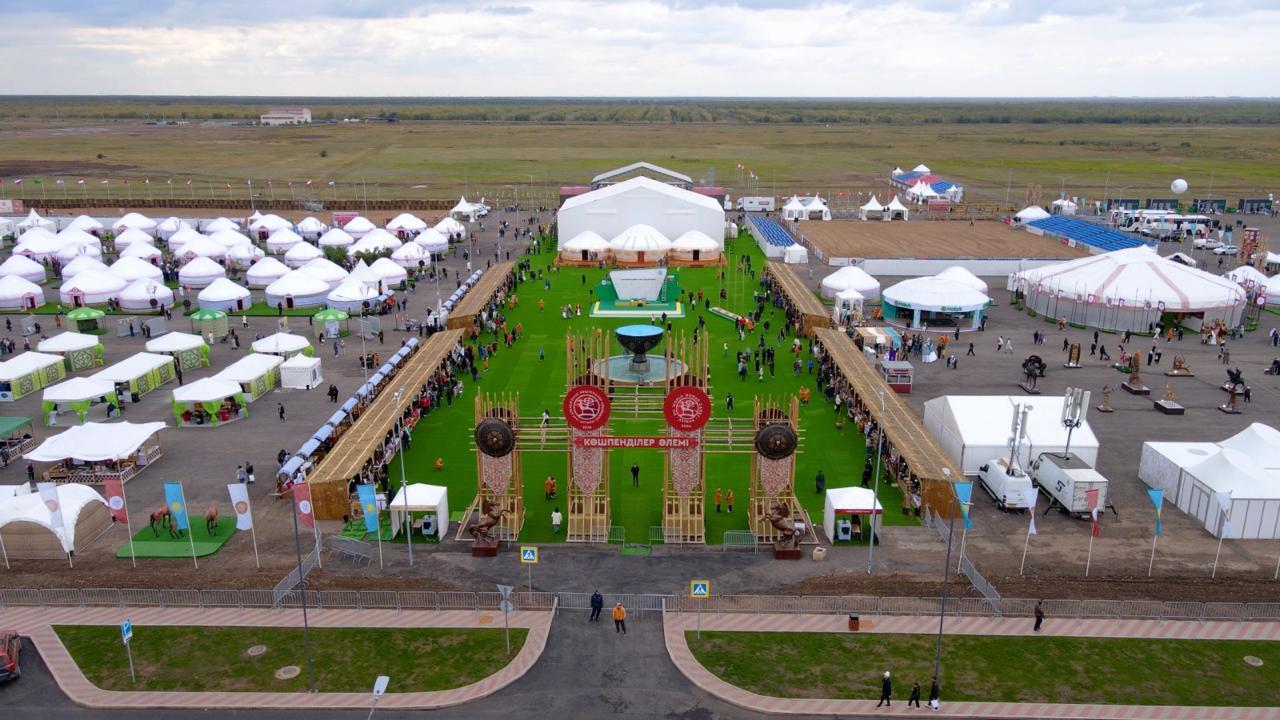
The ethnovillage was open to the public free of charge. Photo credit: gov.kz.
The World Nomad Games concluded triumphantly on Sept. 13, uniting cultures and preserving ancient traditions.
Cinematic achievements
Kazakhstan’s film industry experienced a landmark year, with nearly 90 films released – a 1.5-fold increase from 2023, according to film critic Karim Kadyrbayev. Kadyrbayev, who also heads the EIFF business platform, noted the industry’s success with six films grossing over one billion tenge ($2 million).
Apart from these commercial successes, the year was also marked by the international triumphs of Kazakh directors, whose works earned recognition and acclaim across prestigious film festivals worldwide.
Adilkhan Yerzhanov’s “Dala Kaskyry” (“Steppenwolf”) earned the Golden Raven at the Brussels International Fantastic Film Festival, while Askhat Kuchincherekov’s “Bauryna Salu” (“Adoption”) won accolades at festivals in Paris and Baku. The latter has been submitted for the 2025 Oscars.
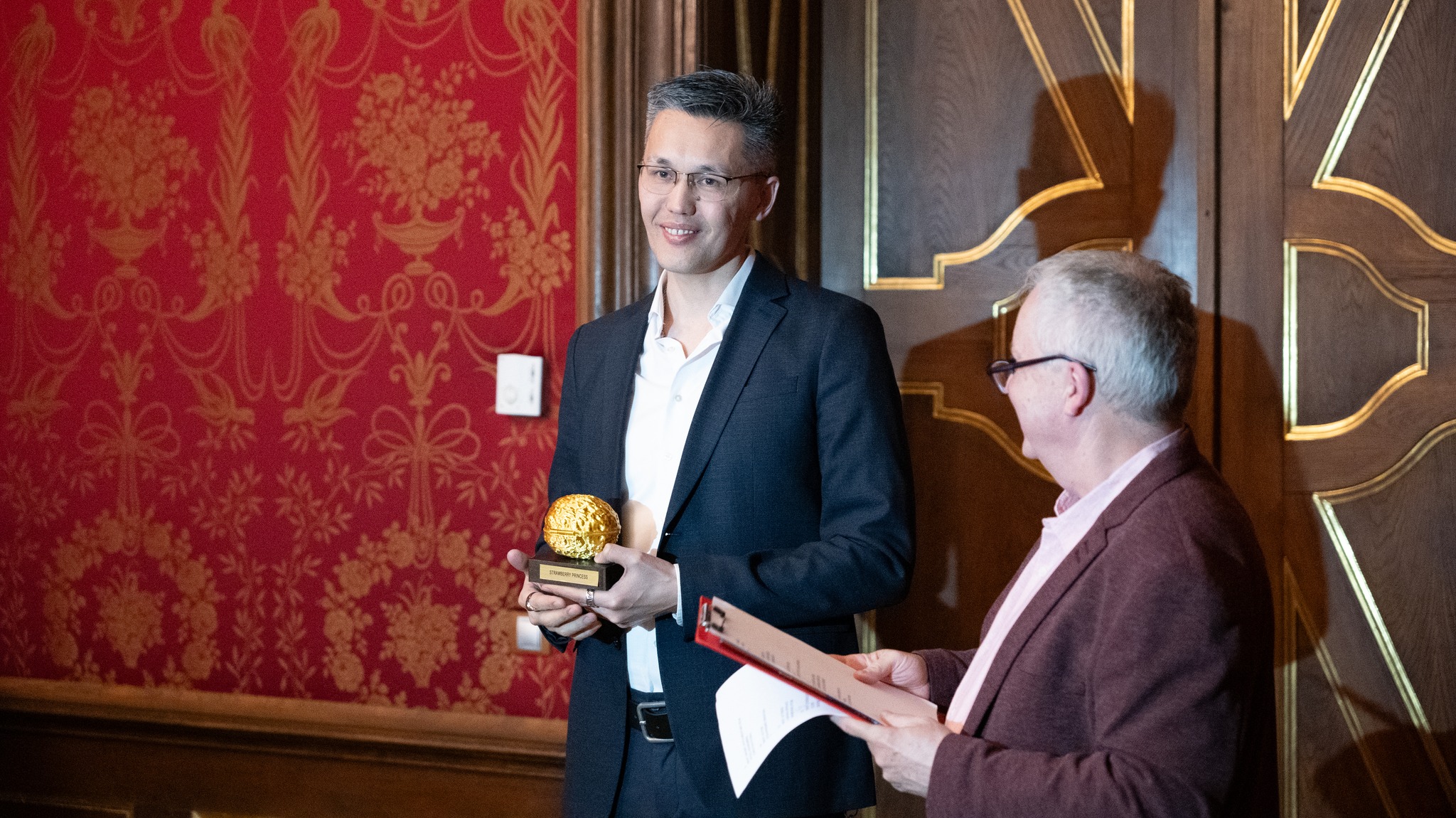
Iliyas Antar Akhmet at the awarding ceremony of Pápa International Historical Film Festival. Photo credit: PIHFF Facebook account.
Kazakh short films also gained international recognition. Camila Sagyntkan’s “Happy Independence Day” won at the International Eurasian Film Festival in London, and Iliyas Antar Akhmet’s “Strawberry Princess” earned two awards at Hungary’s Pápa International Historical Film Festival.
Documentaries, including Marat Teleuov’s “Shekteusiz Umit” (“Endless Hope”), also shined on the global stage, winning awards in California and Spain. Meanwhile, the feature film “Madina,” directed by Aizhan Kassymbek, received special recognition at the Los Angeles Asian Pacific Film Festival, bringing attention to women’s struggles in Kazakh society.
Notably, Spanish director Miguel Ángel Vivas, known for “La Casa de Papel” (“Money Heist”), began filming “La Tregua” (“The Truce”), a Kazakh-Spanish production exploring Karlag’s historical legacy under an exclusive Netflix contract.
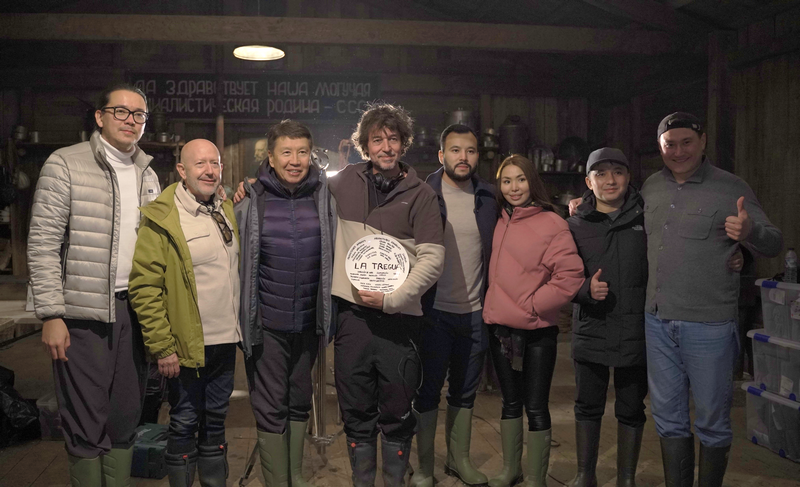
Miguel Ángel Vivas, the acclaimed Spanish director of “Money Heist” (“La Casa de Papel”), has started filming “The Truce” (“La Tregua”), a Kazakh-Spanish movie about Karlag. Photo credit: gov.kz.
The animation industry also witnessed significant strides this year, with three major Walt Disney Pictures films— “Inside Out 2”, “Moana 2”, and “Mufasa: The Lion King” —dubbed into the Kazakh language. Funded by Disney and Pixar, the dubbing featured the voices of renowned theater and film actors, pop stars, and prominent bloggers, bringing beloved characters to life for Kazakh-speaking audiences.
Artistic excellence and exhibitions
Leonardo da Vinci’s La Bella Principessa captivated visitors at the National Museum of Kazakhstan, drawing over 6,000 attendees in its first four days. The painting had previously been exhibited only five times worldwide. Giorgio Armaroli, general director and founder of Scripta Maneant Publishing House, said they have dedicated six months to bringing this exhibition to fruition.
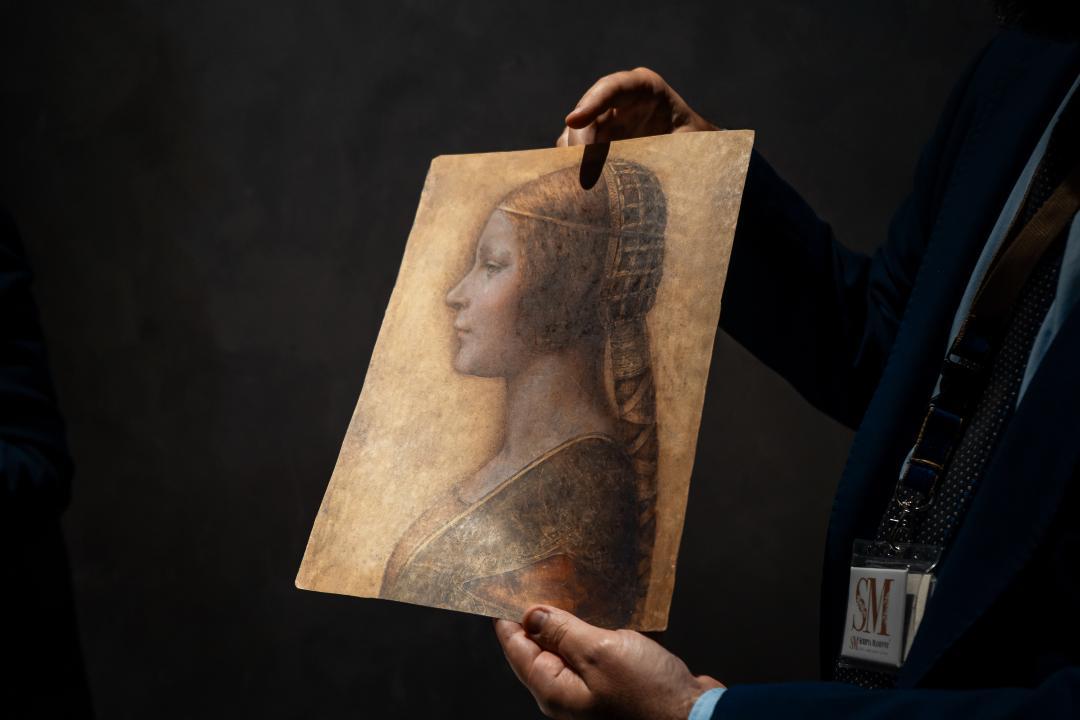
The curator presents a replica of Leonardo da Vinci’s La Bella Principessa before leading visitors into the exhibition room with the original. Taking photos or videos inside the room is not permitted. Photo credit: gov.kz.
The museum also celebrated its 10th anniversary with the exhibition “Painting of the Steppe: Symbols, Colors, Images,” featuring Kazakh fine art, many pieces displayed for the first time. The museum’s collection includes more than 220,000 exhibits. Over ten years, it has welcomed nearly five million visitors, with approximately two million attending foreign exhibitions.
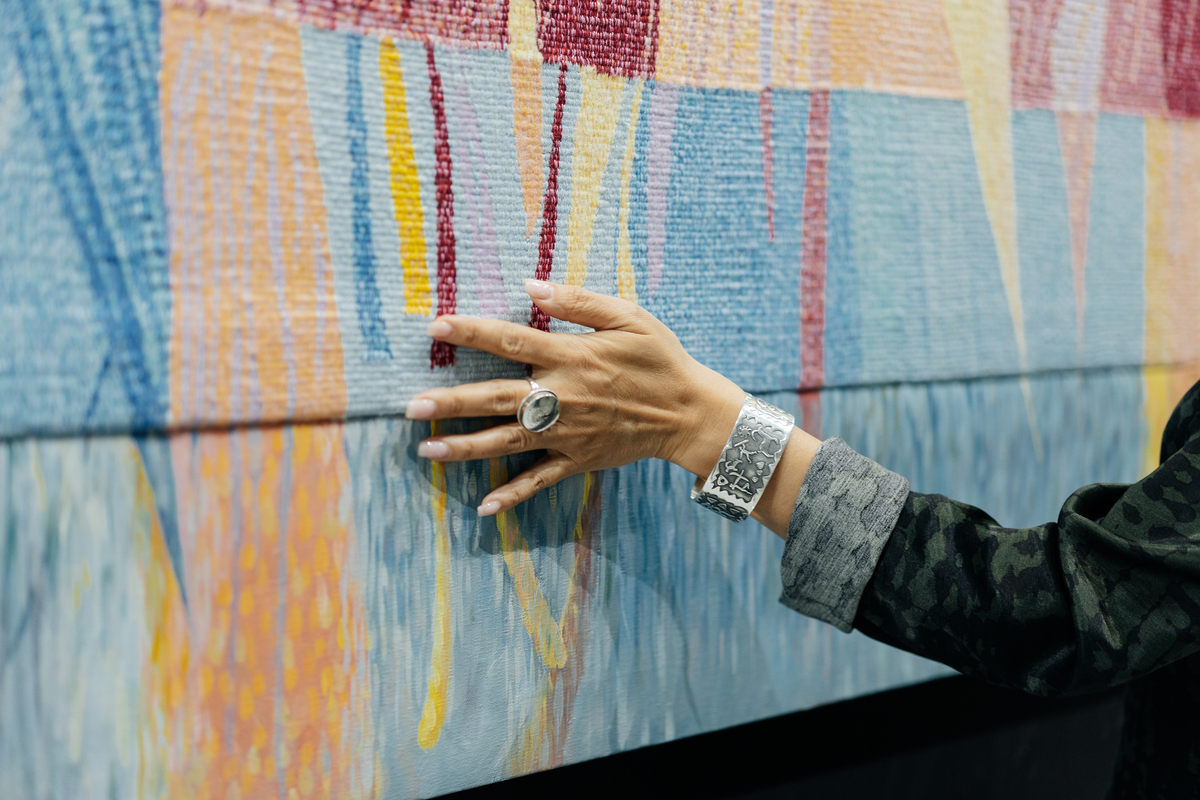
“She Rug” exhibition will run through Nov. 9 at Forte Kulanshi art space. Photo credit: Aigerim Kagarmanova.
The Has Sanat Art Gallery hosted an exhibition dedicated to the great women of the world, highlighting Silk Road legends through Kazakh artists’ eyes. Meanwhile, the Kulanshi Art Gallery showcased exhibitions such as “Following Wolf Trails,” “She Rug,” and “The Treasure Island,” displaying over 130 works by contemporary artists worldwide.
Literature and cultural heritage
A newly adapted version of Abai Kunanbaiuly’s “Words of Wisdom” made his philosophies accessible in three languages. Abai’s “Kara Soz” (Book of Words), which consists of 45 brief parables and philosophical treatises, has been translated into many languages. This version, however, uniquely includes the author’s explanations and contextual insights in both Russian and English, making Abai’s Kazakh-language wisdom more accessible to non-native speakers.

The author released only 100 copies of the book. Photo credit: kazpravda.kz.
Comic books highlighting Kazakh history, such as Ilyas Yusupzhanov’s works on the founders of the Kazakh Khanate, gained popularity among young audiences. According to the author, the new comic format helps young people perceive information better, thus enhancing their learning and retention of Kazakhstan’s history.
The Francophonie Spring Festival in March promoted French language and culture through cinema, music, and exhibitions. Prepared in cooperation with French Alliances, Francophone associations, and Kazakhstan’s cultural institutions, the program included cinema screenings, modern, traditional, and classical music performances, conferences, photo exhibitions, virtual reality experiences, and French language contests across the country.
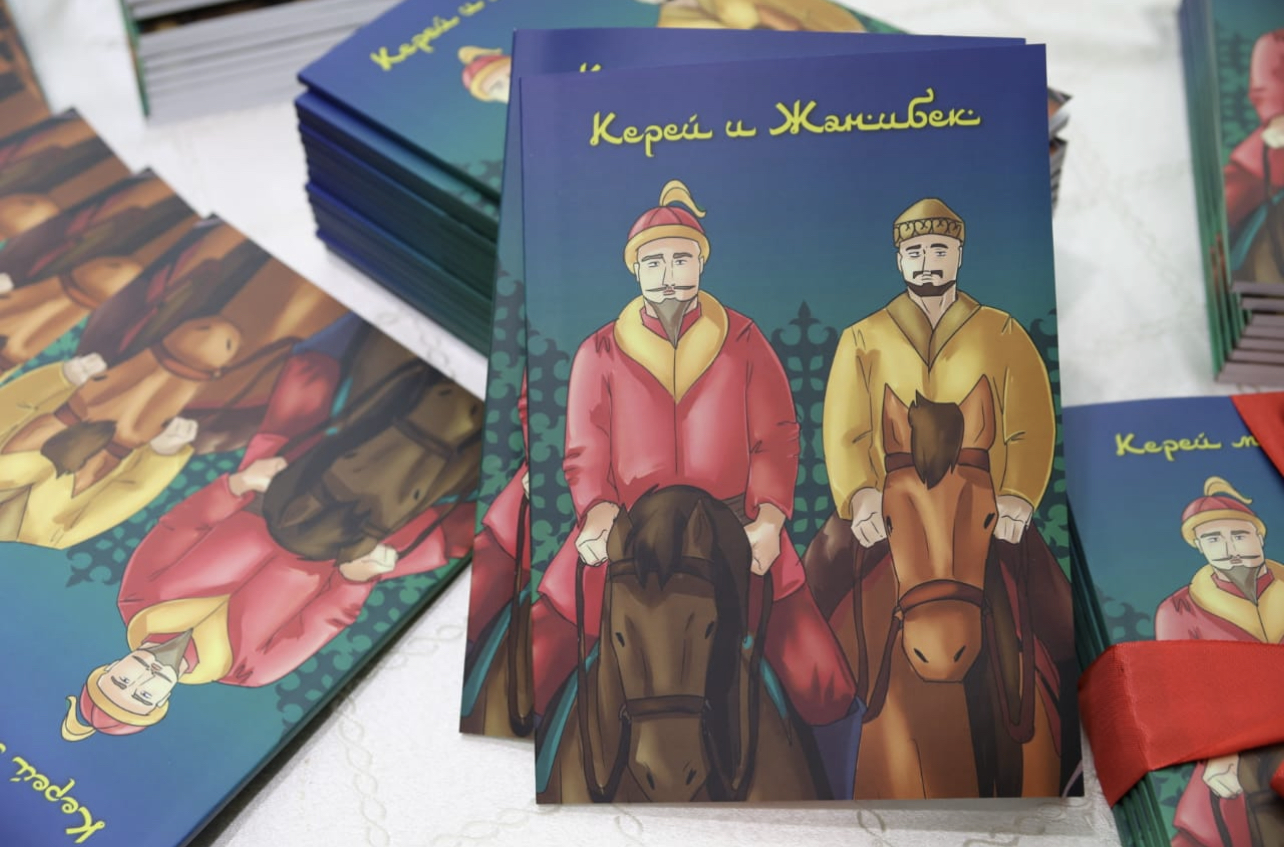
A comic book about the founders of the Kazakh Khanate, Sultans Kerey and Zhanibek. Photo credit: vecher.kz.
Four historical and cultural sites, such as the ancient Kulan settlement in Kazakhstan, went through restoration and rehabilitation efforts in a large-scale regional project implemented by the United Nations Educational, Scientific and Cultural Organization (UNESCO) regional office in Almaty with the financial support of the European Union (EU). The rehabilitation was also done in the Kyrgyz Republic, Tajikistan and Uzbekistan.
Additionally, the launch of the Qazaq Culture website allowed virtual exploration of Kazakhstan’s historical treasures, offering resources for researchers and AI-generated cultural experiences.
Musical and theatrical triumphs
Kazakhstan’s Dimash Qudaibergen captivated audiences this year with his homecoming concert in Astana and solo concert in Istanbul in May, which was dedicated to his 30th birthday.

Dimash Kudaibergen held a concert at the Astana Arena stadium on September 13-14. Photo credit: dimashnews.com.
In Astana, Qudaibergen was accompanied by the Presidential Orchestra of the State Guard Service of Kazakhstan and the Kazakh National University of Arts choir. These two-day shows in September attracted over 10,000 foreign spectators from 80 countries, who traveled to Kazakhstan specifically to witness the performance of their beloved artist. Additionally, his music video “Kieli Meken” (“Sacred Homeland”), which was released in November and filmed across iconic Kazakh landscapes, highlighted the nation’s beauty.
The Otyrar Sazy Kazakh Folklore Orchestra celebrated Nurgisa Tlendiyev’s centennial by blending Kazakh folk traditions with global classics. The orchestra was led by two distinguished conductors: Dinzukhra Tlendiyeva, the composer’s only daughter, artistic director of Otyrar Sazy and Kazakhstan’s Goodwill Ambassador, and Zhalgasbek Begendikov, an honored artist of Kazakhstan.
Additionally, Kazakhstan marked Kazakh opera singer Bibigul Tulegenova’s 95th birthday with a grand gala in Astana and Almaty. In Astana, the concert, aptly titled Kazaktyn Bulbuly (Kazakh Nightingale), showcased the life and legacy of a woman whose name is inseparable from the nation’s musical heritage. The evening’s program was a heartfelt tribute to her artistry, featuring a blend of world and Kazakh opera performed by laureates of her eponymous competition.
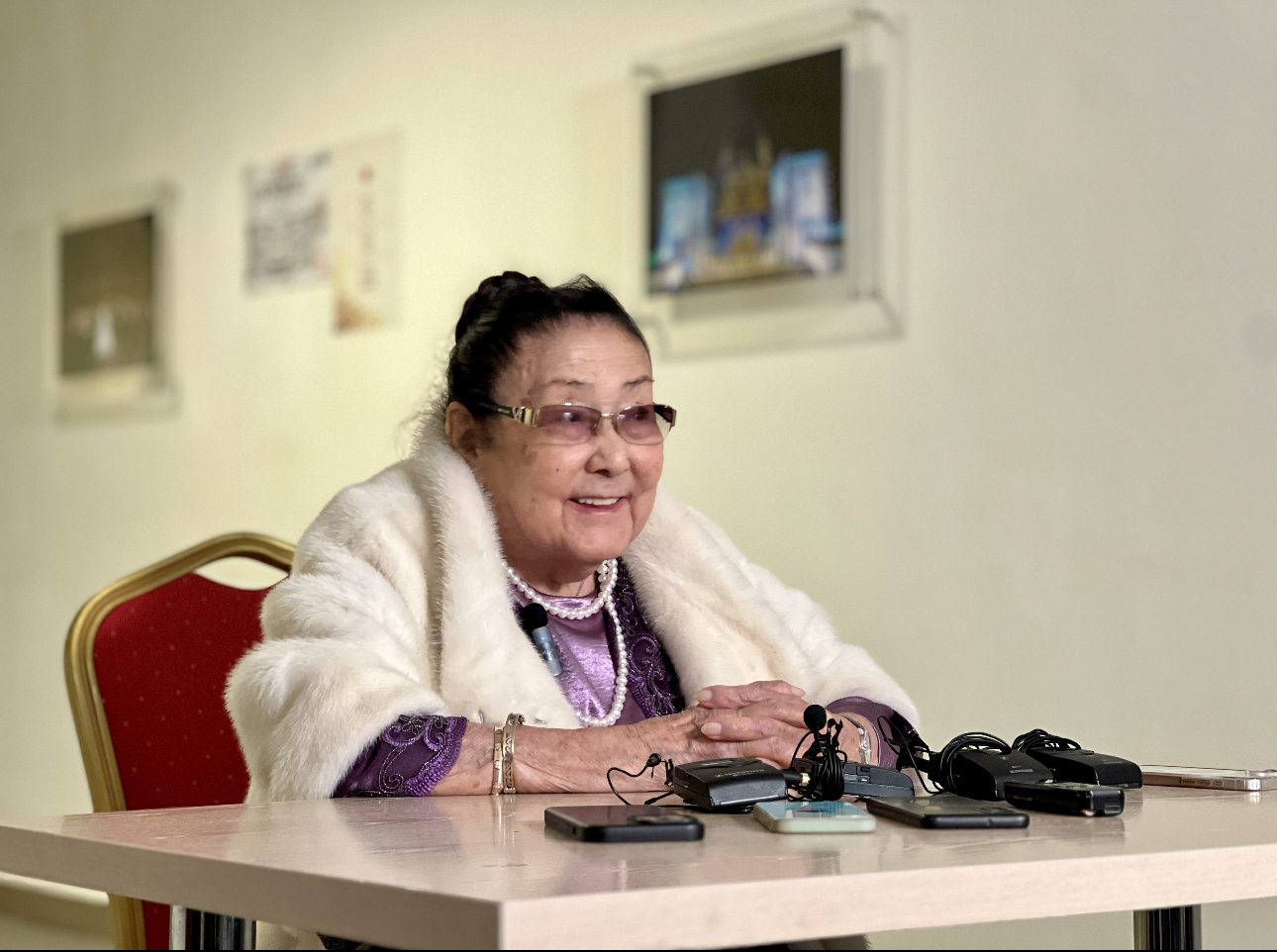
Bibigul Tulegenova at the press briefing before the concert at the Astana Opera. Photo credit: Nagima Abuova / The Astana Times
Kazakh artists such as Akkanat Smagulova, who secured the first prize in the Folk Dance Solo category at the Tanzolymp International Dance Festival in Berlin, were among the highlights on global stages, advancing the country’s artistic prominence.
Culinary and fashion developments
Kazakhstan’s culinary scene has transformed remarkably and garnered global acclaim, blending traditional and modern techniques in neo-nomad cuisine. According to an article by EuronewsTravel, the country’s culinary landscape has seen a remarkable transformation, drawing attention to its diverse gastronomic heritage. Almaty’s recognition in The New York Times’ 52 Places to Go in 2024 highlighted this burgeoning trend.
Astana hosted a Turkish fashion showcase, strengthening cultural and economic ties. Turkish Ambassador Mustafa Kapucu described designers as cultural bridges between the two nations. For many Turkish designers, this was their first time in Kazakhstan.

